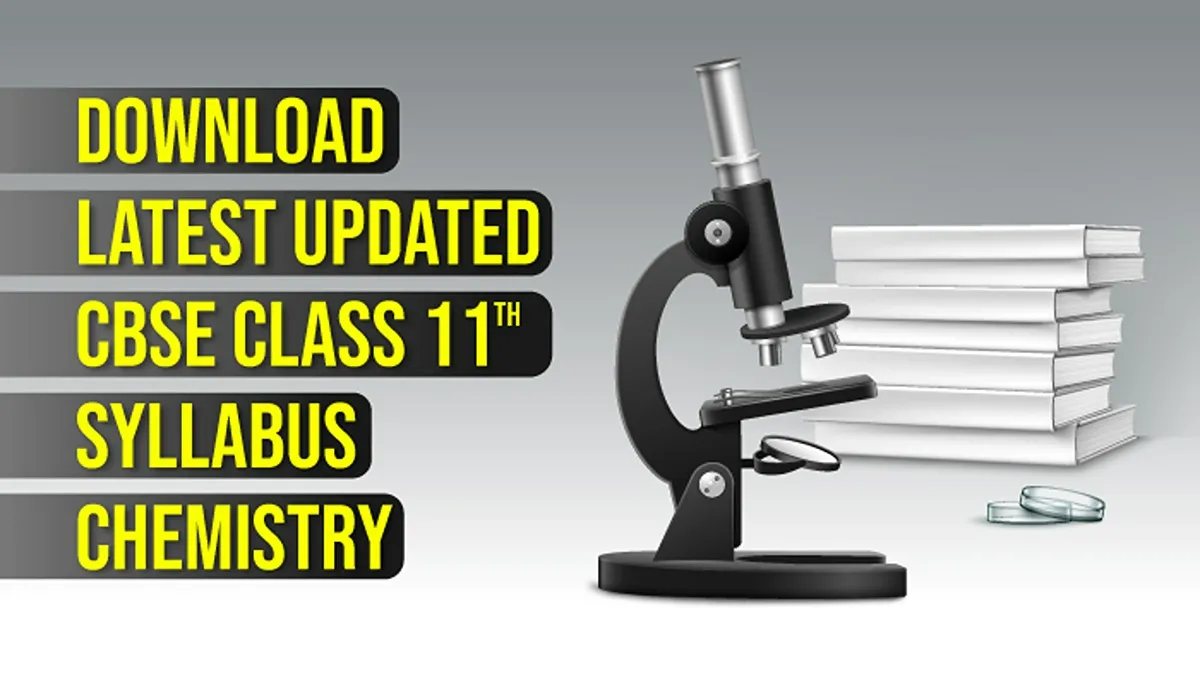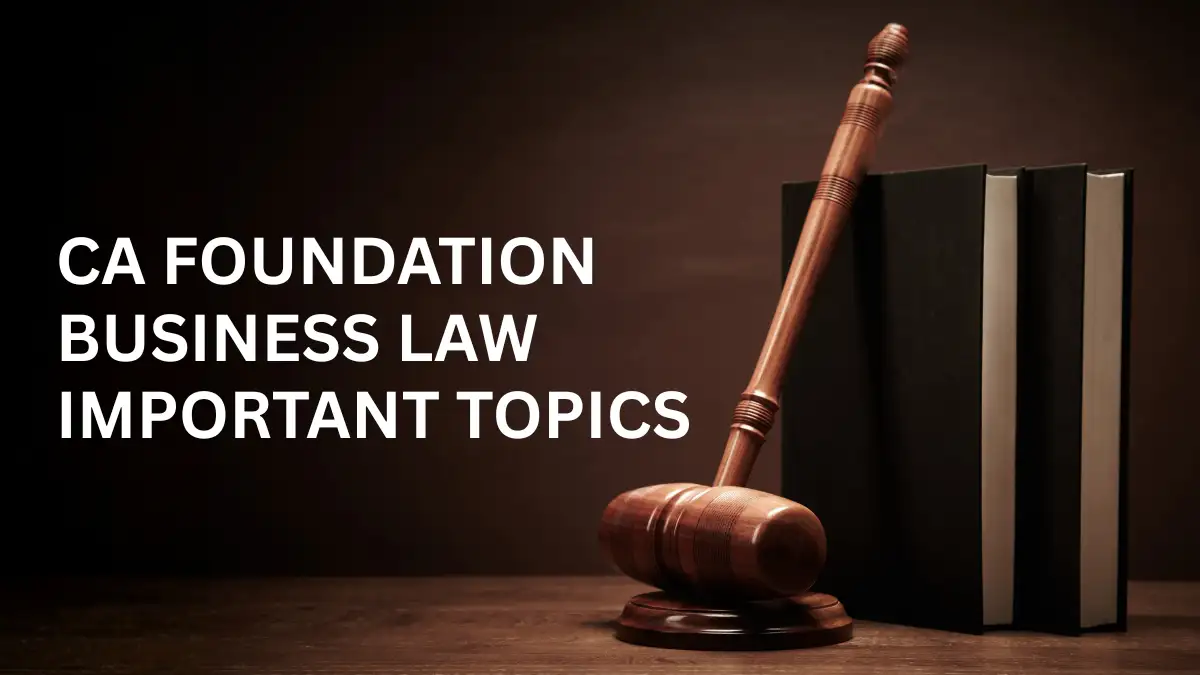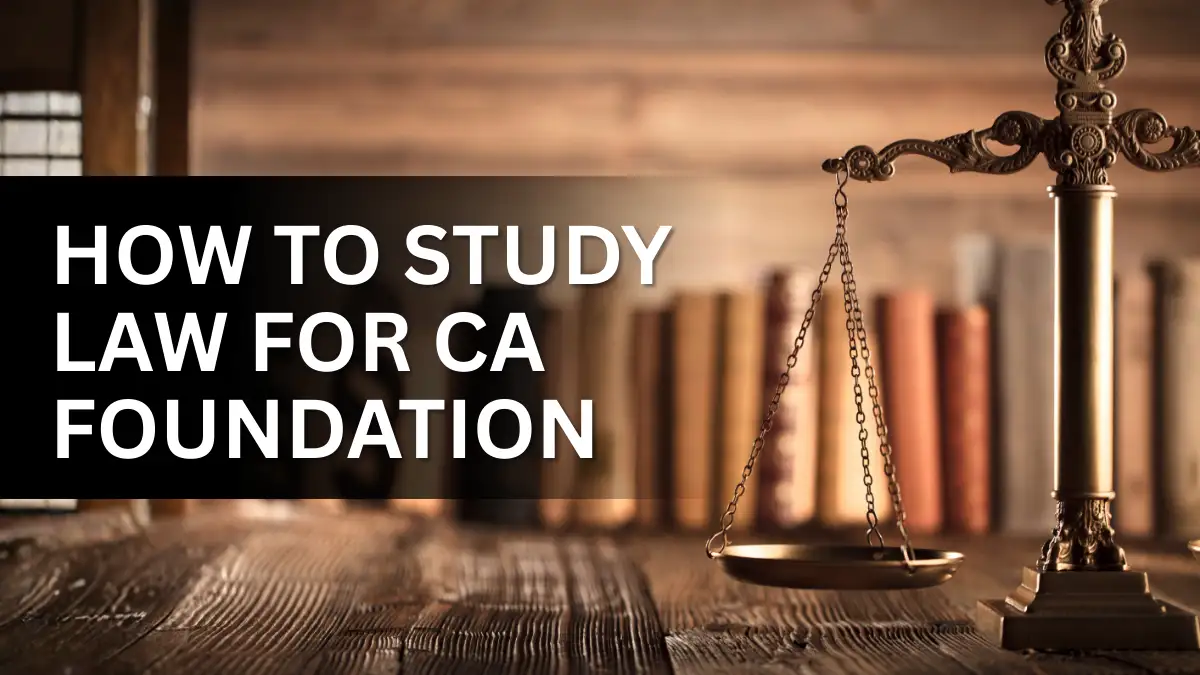CA Wizard brings the latest CBSE Class 11 Syllabus Chemistry for its readers. You can see the complete and latest syllabus on our free portal here. We share information regarding the newest CBSE class 11 and 12 updates and CA course updates.
You can visit the link given if you want to download the CBSE Class 11 Syllabus of other subjects.
The Chemistry exams test the students’ ability on the analytical, comprehension, and evaluation skills. Chemistry is a core subject of the Science stream, so you need to know the latest CBSE Class 11 Chemistry Syllabus.
Download CBSE Class 11th Syllabus Chemistry 2023-24
Detail CBSE Class 11 Syllabus Chemistry (2023-24)
During the COVID CBSE has removed some of the topics from class 11th Syllabus, but this year again CBSE has updated its syllabus and added some of the topics back to syllabus. Check the Syllabus of Class 11th Chemistry in detail.
| Unit I: Some Basic Concepts of Chemistry |
|---|
| General Introduction: Importance and scope of Chemistry. Nature of matter, laws of chemical combination, Dalton’s atomic theory: concept of elements, atoms and molecules. Atomic and molecular masses, mole concept and molar mass, percentage composition, empirical and molecular formula, chemical reactions, stoichiometry and calculations based on stoichiometry. |
Unit II: Structure of Atom |
|---|
| Discovery of Electron, Proton and Neutron, atomic number, isotopes and isobars. Thomson’s model and its limitations. Rutherford’s model and its limitations, Bohr’s model and its limitations, concept of shells and subshells, dual nature of matter and light, de Broglie’s relationship, Heisenberg uncertainty principle, concept of orbitals, quantum numbers, shapes of s, p and d or bitals, rules for filling electrons in orbitals – Aufbau principle, Pauli’s exclusion principle and Hund’s rule, electronic configuration of atoms, stability of half-filled and completely filled orbitals. |
| Unit III. Classification of Elements and Periodicity in Properties |
|---|
| Significance of classification, brief history of the development of periodic table, modern periodic law and the present form of periodic table, periodic trends in properties of elements -atomic radii, ionic radii, inert gas radii, Ionization enthalpy, electron gain enthalpy, electronegativity, valency. Nomenclature of elements with atomic number greater than 100. |
| Unit IV. Chemical Bonding and Molecular Structure |
|---|
| Valence electrons, ionic bond, covalent bond, bond parameters, Lewis structure, polar character of covalent bond, covalent character of ionic bond, valence bond theory, resonance, geometry of covalent molecules, VSEPR theory, concept of hybridization, involving s, p and d orbitals and shapes of some simple molecules, molecular orbital theory of homonuclear diatomic molecules(qualitative idea only), Hydrogen bond. |
| Unit VI. Chemical Thermodynamics |
|---|
| Concepts of System and types of systems, surroundings, work, heat, energy, extensive and intensive properties, state functions. First law of thermodynamics -internal energy and enthalpy, heat capacity and specific heat, measurement of ΔU and ΔH, Hess’s law of constant heat summation, enthalpy of bond dissociation, combustion, formation, atomization, sublimation, phase transition, ionization, solution and dilution. Second law of Thermodynamics (brief introduction) Introduction of entropy as a state function, Gibb’s energy change for spontaneous and non- spontaneous processes, criteria for equilibrium. Third law of thermodynamics (brief introduction). |
| Unit VII. Equilibrium |
|---|
| Equilibrium in physical and chemical processes, dynamic nature of equilibrium, law of mass action, equilibrium constant, factors affecting equilibrium – Le Chatelier’s principle, ionic equilibrium- ionization of acids and bases, strong and weak electrolytes, degree of ionization, ionization of poly basic acids, acid strength, concept of pH, hydrolysis of salts (elementary idea), buffer solution, Henderson Equation, solubility product, common ion effect (with illustrative examples). |
| Unit VIII. Redox Reactions |
|---|
| Concept of oxidation and reduction, redox reactions, oxidation number, balancing redox reactions, in terms of loss and gain of electrons and change in oxidation number. Applications of redox reactions |
| Unit XII. Organic Chemistry: Some basic Principles and Techniques |
|---|
| General introduction, methods of purification, qualitative and quantitative analysis, classification and IUPAC nomenclature of organic compounds. Electronic displacements in a covalent bond: inductive effect, electromeric effect, resonance and hyper conjugation. Homolytic and heterolytic fission of a covalent bond: free radicals, carbocations, carbanions, electrophiles and nucleophiles, types of organic reactions. |
| Unit XIII. Hydrocarbons |
|---|
Aliphatic Hydrocarbons: Aromatic Hydrocarbons: |
Practical CBSE Class 11 Syllabus Chemistry
The syllabus for practicals is also revised and reduced for the 2024 exams. The topics that are coming and that are removed are given below:
- Basic Laboratory Techniques
- Cutting glass tube and glass rod
- Bending a glass tube
- Drawing out a glass jet
- Boring a cork
- Characterization and Purification of Chemical Substances
- Determination of melting point of an organic compound.
- Determination of boiling point of an organic compound.
- Crystallization of impure samples of any one of the following: Alum, Copper Sulphate, Benzoic Acid.
- Quantitative Estimation
- Using a mechanical balance/electronic balance.
- Preparation of standard solution of Oxalic acid.
- Determination of strength of a given solution of Sodium hydroxide by titrating it against standard solution of Oxalic acid.
- Preparation of standard solution of Sodium carbonate.
- Determination of strength of a given solution of hydrochloric acid by titrating it against standard Sodium Carbonate solution.
- Qualitative Analysis
- Determination of one anion and one cation in a given salt
- Cations- Pb2+, Cu2+, As3+, Al3+, Fe3+, Mn2+, Ni2+, Zn2+, Co2+, Ca2+, Sr2+, Ba2+, Mg2+, NH4
- Anions – (CO3) 2- , S2- , NO2 – , SO3 2- , SO2- 4, NO3 – , Cl- , Br- , I- , PO4 3- , C2O 2- 4, CH3COO- (Note: Insoluble salts excluded)
- Detection of -Nitrogen, Sulphur, Chlorine in organic compounds.
- PROJECTS: Scientific investigations involving laboratory testing and collecting information from other sources. A few suggested Projects
- Checking the bacterial contamination in drinking water by testing sulphide ion
- Study of the methods of purification of water
- Testing the hardness, presence of Iron, Fluoride, Chloride, etc., depending upon the regional variation in drinking water and study of causes of presence of these ions above permissible limit (if any).
- Investigation of the foaming capacity of different washing soaps and the effect of addition of Sodium carbonate on it
- Study the acidity of different samples of tea leaves.
- Determination of the rate of evaporation of different liquids
- Study the effect of acids and bases on the tensile strength of fibers.
- Study of acidity of fruit and vegetable juices.
- Experiments based on pH
- Any one of the following experiments:
- Determination of pH of some solutions obtained from fruit juices, solution of known and varied concentrations of acids, bases and salts using pH paper or universal indicator.
- Comparing the pH of solutions of strong and weak acids of same concentration.
- Study the pH change in the titration of a strong base using universal indicators.
- Study the pH change by common-ion in case of weak acids and weak bases.
- Any one of the following experiments:
- Chemical Equilibrium
One of the following experiments:
- Study the shift in equilibrium between ferric ions and thiocyanate ions by increasing/decreasing the concentration of either of the ions.
- Study the shift in equilibrium between [Co(H2O)6] 2+ and chloride ions by changing the concentration of either of the ions.
How to study or finish the CBSE Class 11 Syllabus of Chemistry on-time?
To score good marks in the Chemistry exam, you can follow these simple tips while doing your exam preparation:
- Set a schedule for all the chapters and finish daily goals.
- Make notes and charts to remember difficult concepts or formulae easily.
- Regularly revise previously learned topics.
- Download and solve CBSE class 11 sample papers.
Frequently Asked Questions
Q1. What is the CBSE class 11 syllabus chemistry?
Ans. The entire CBSE class 11 chemistry syllabus is given in this article by CA Wizard.
Q2. Which is the most recommended book for CBSE class 11 chemistry subject?
Ans. NCERT book is the best for class chemistry subjects. You can download the ebooks from here.
Q3. How many chapters are there in CBSE class 11 chemistry?
Ans. There are a total of 15 chapters in class 11 chemistry. Although, the last chapter has been removed from the syllabus for the current academic year.
Q4. Is there any change in CBSE class 11 syllabus chemistry?
Ans. Yes, around 30% of the syllabus is removed for the final exam of 2023-24.
Q5. From where to download the latest CBSE class 11 chemistry syllabus?
Ans. CA Wizard is the best online portal for downloading the CBSE class 11 chemistry syllabus.
Q6. Which topics are removed from the class 11 chemistry syllabus?
Ans. The complete list of removed portions from the class 11 chemistry syllabus is given in this article.









